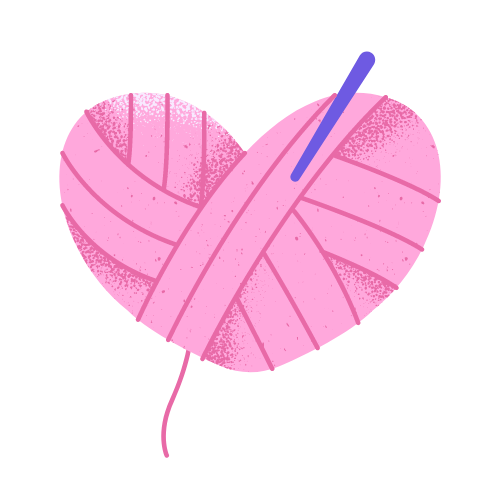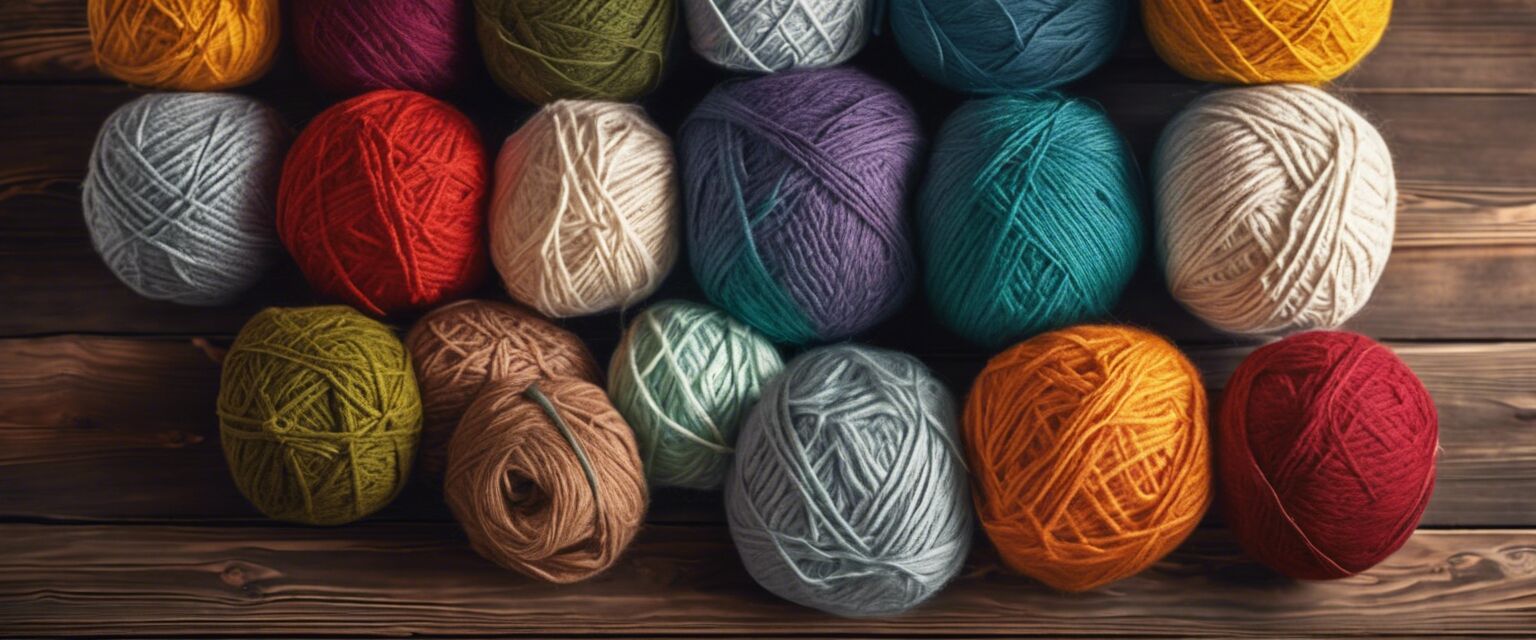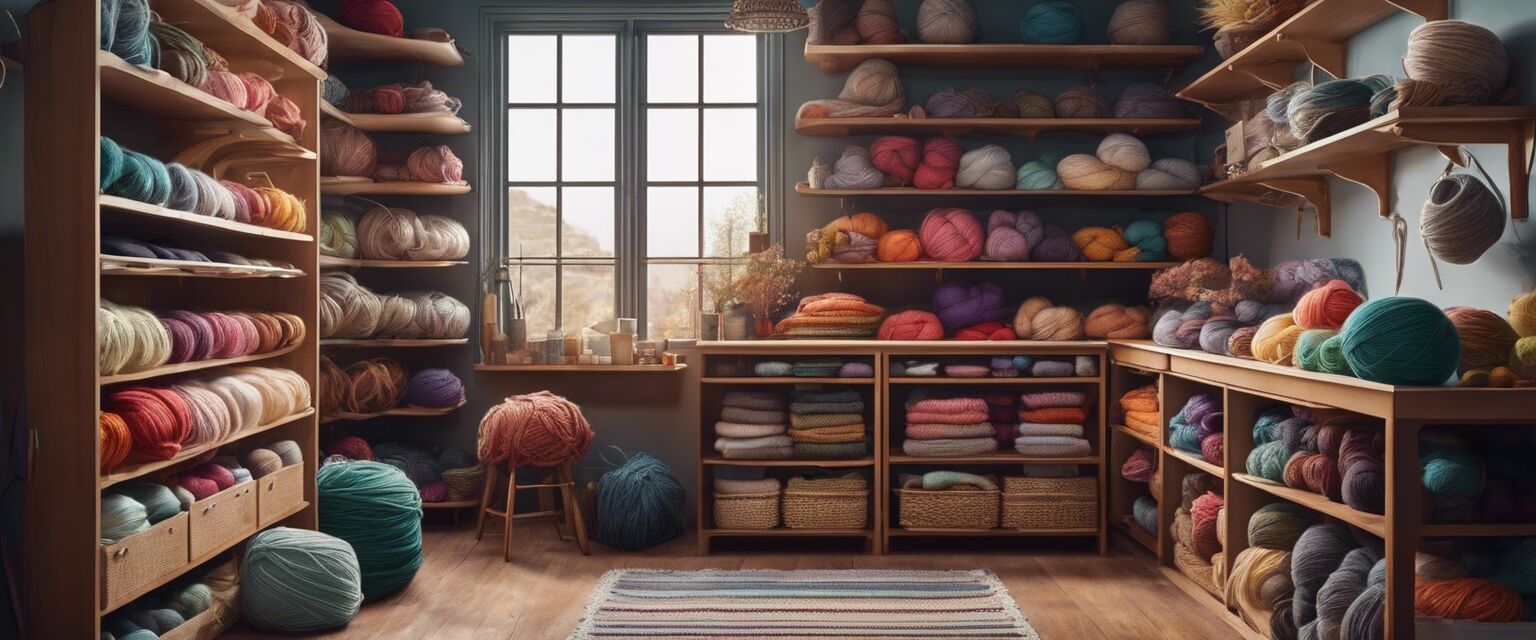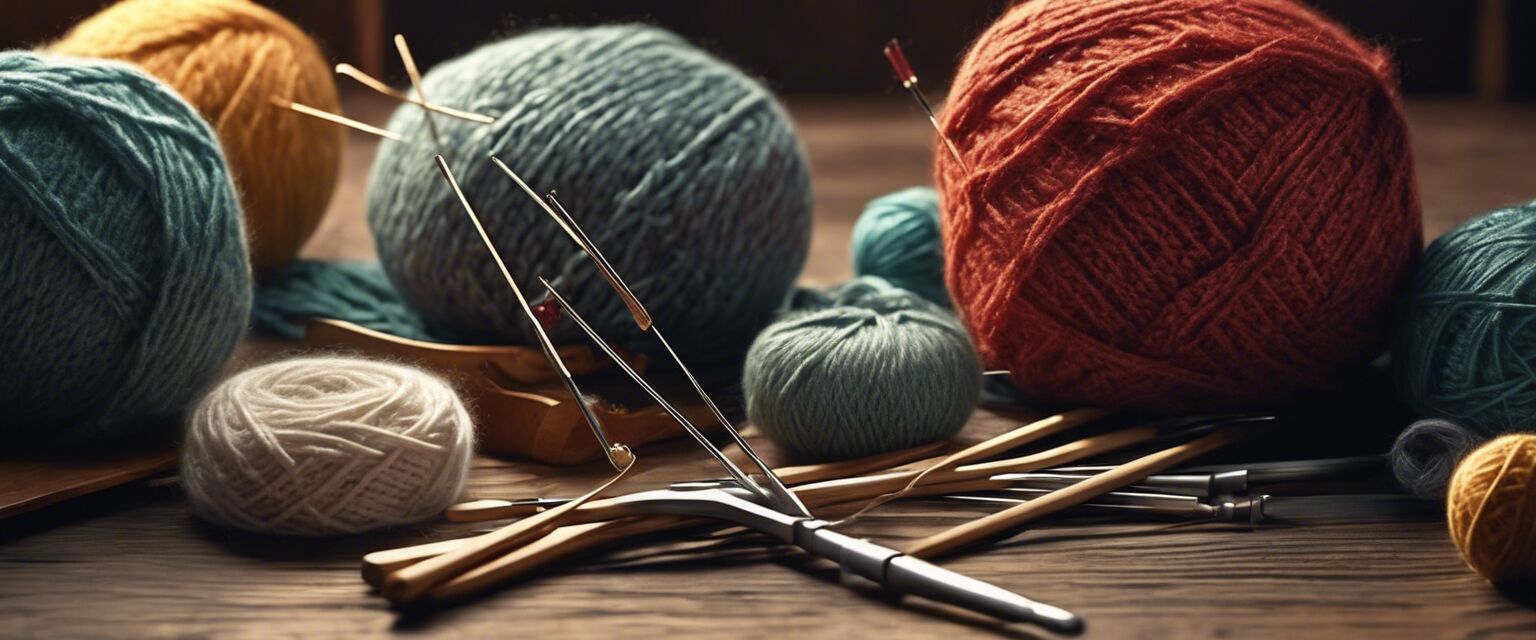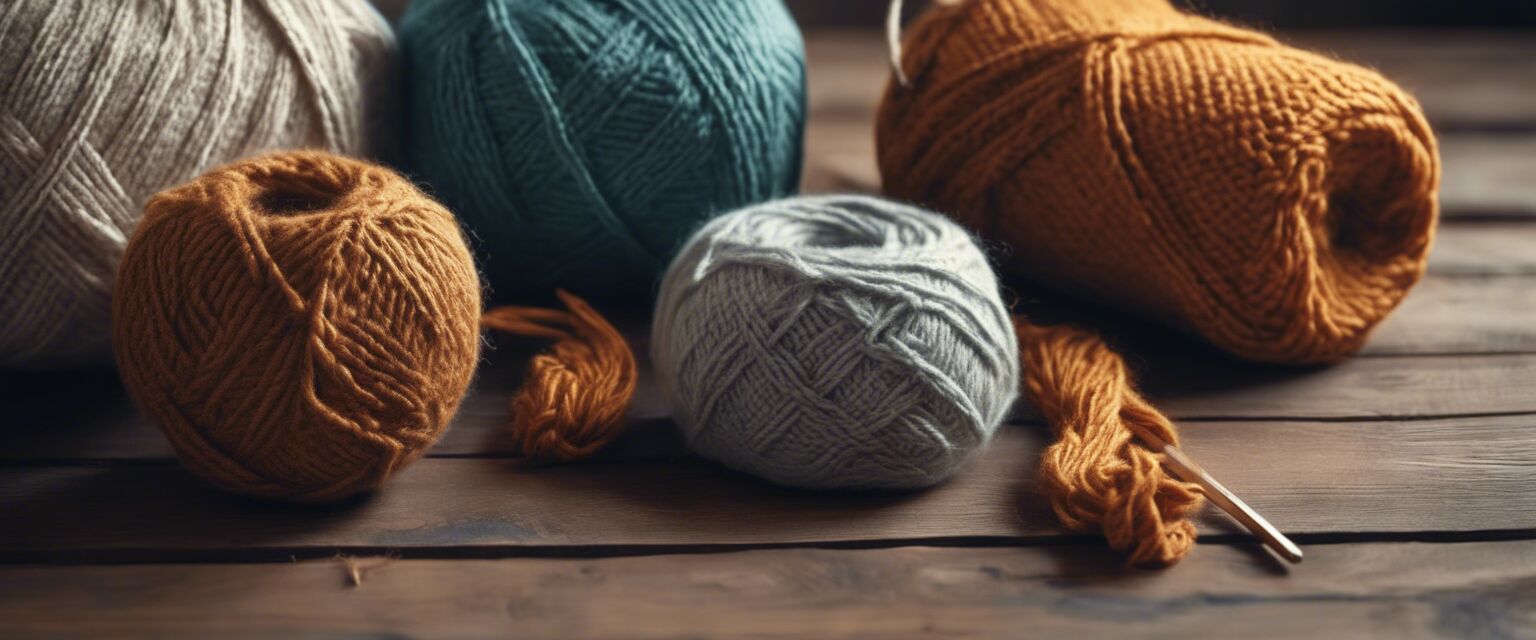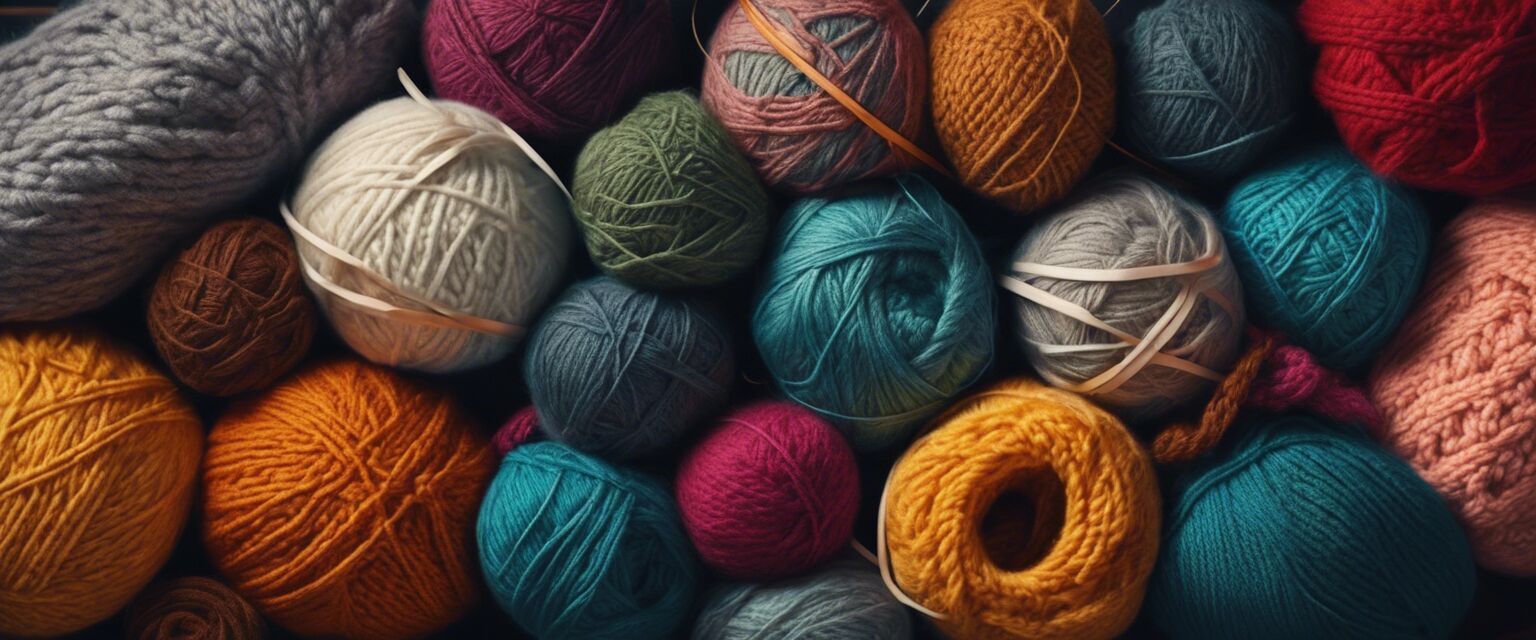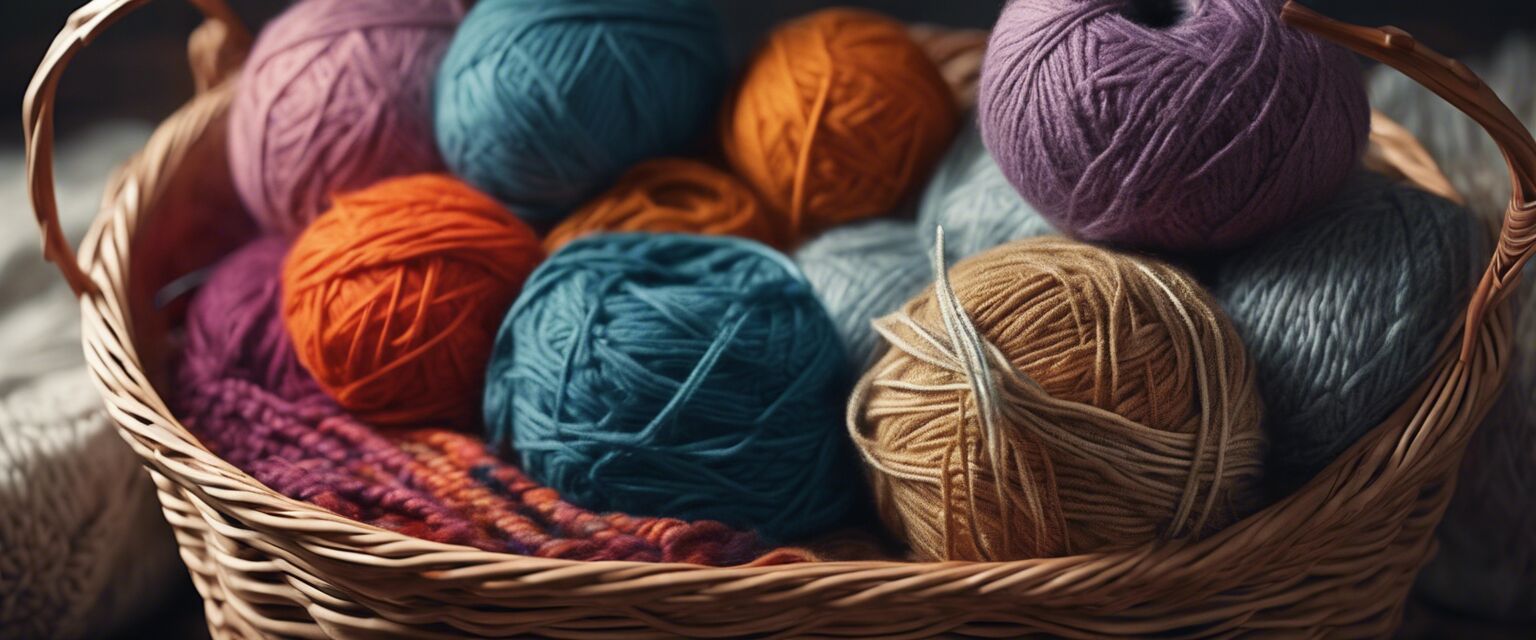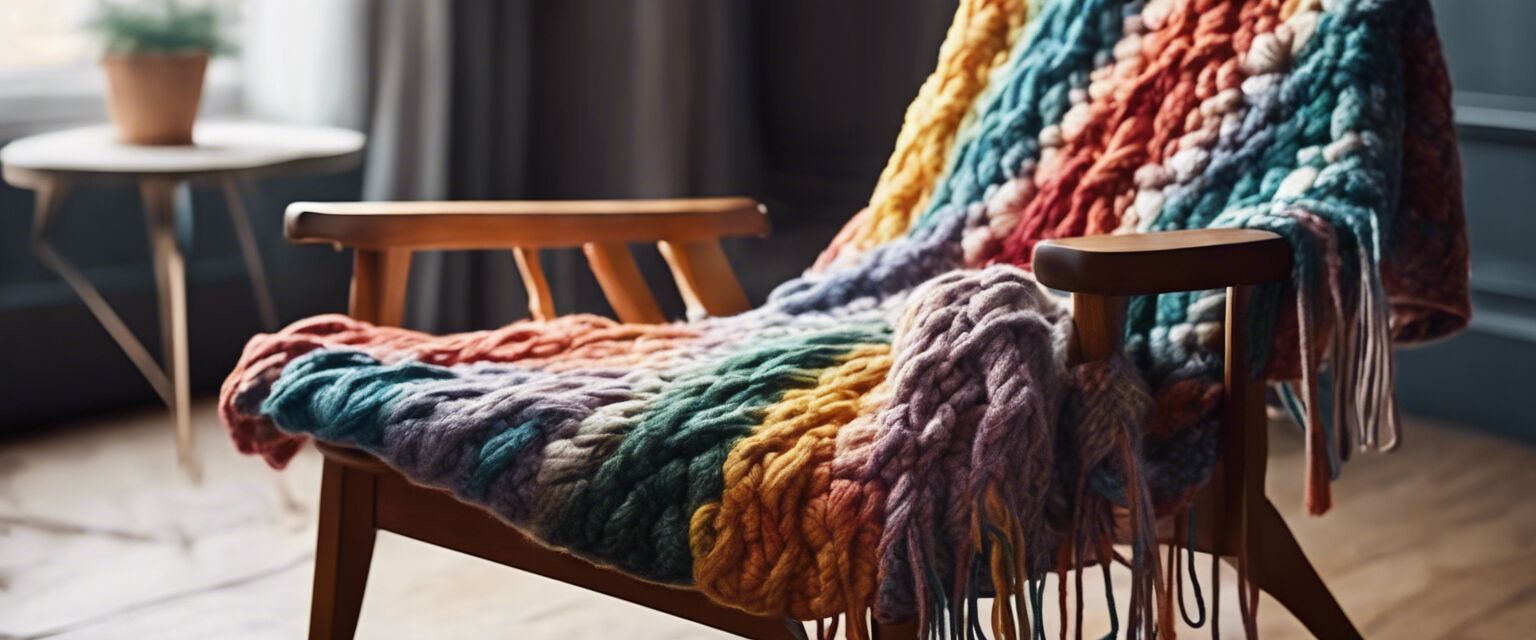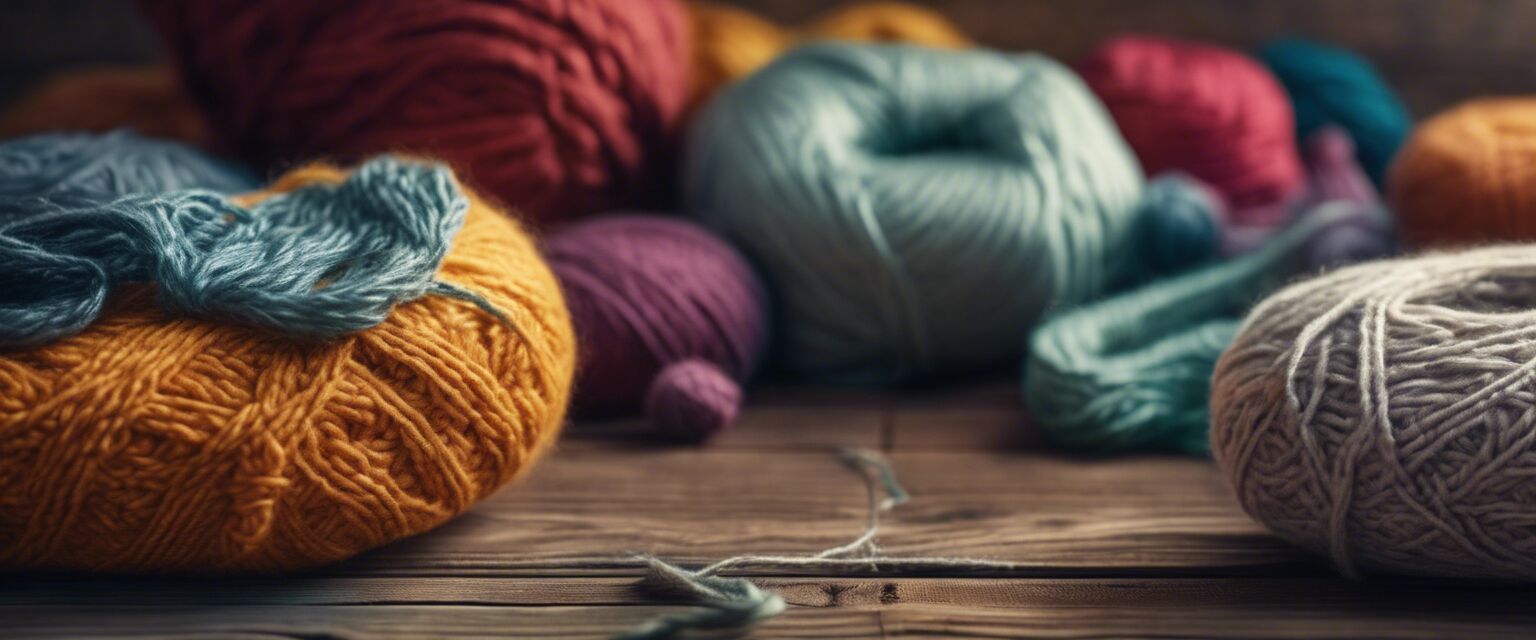
Knitting Patterns
Key Takeaways
- Knitting patterns vary in complexity, catering to all skill levels.
- Utilizing the right tools enhances the knitting experience.
- Exploring various resources can lead to unique and creative patterns.
- Understanding different types of yarn helps in selecting the right one for your project.
Welcome to your ultimate guide on knitting patterns! A good pattern is like a roadmap â it provides direction and inspiration for your knitting projects. Whether you are an experienced knitter or just starting your knitting journey, understanding different knitting patterns can open up a world of creativity and possibilities.
What Are Knitting Patterns?
Knitting patterns are detailed instructions that guide you on how to create specific knitted items, such as sweaters, scarves, or blankets. Patterns range from simple designs suitable for beginners to intricate projects for advanced knitters. Knowing how to read patterns effectively is essential for a successful knitting experience.
Types of Knitting Patterns
Knitting patterns can be categorized into several types, depending on their complexity and style. Below are the most common categories:
| Type | Description |
|---|---|
| Beginner Patterns | Simple and easy-to-follow patterns suited for those new to knitting. |
| Intermediate Patterns | Patterns that include a variety of stitches and methods, requiring some experience. |
| Advanced Patterns | Complex designs with intricate stitch patterns, often suitable for experienced knitters. |
| Seasonal Patterns | Patterns inspired by seasons, often using colors and themes that reflect different times of the year. |
Where to Find Knitting Patterns
There are numerous resources available for finding knitting patterns:
- Online Craft Stores
- Knitting Books
- Designer Websites and Blogs
- Online Communities (like Ravelry)
For a deep dive into various sources, check out our detailed patterns & guides.
How to Read Knitting Patterns
Reading knitting patterns can seem daunting at first, but with practice, it becomes second nature. Here are some basic components to familiarize yourself with:
- Abbreviations: Most patterns use abbreviations (e.g., K for knit, P for purl).
- Gauge: The gauge shows how many stitches and rows fit into a certain area, which is crucial for sizing.
- Yarn Information: Patterns will suggest specific yarns, but feel free to experiment with alternatives!
Beginners Section
If you are new to knitting, start with simple patterns to build your confidence. Here are a few tips:
- Start with a straight or garter stitch.
- Choose a light-colored yarn to see your stitches clearly.
- Practice makes perfect; don't rush the learning process.
Choosing the Right Yarn for Your Pattern
The type of yarn you choose can significantly impact your project. Hereâs a quick comparison to help you select the best type:
| Yarn Type | Best For | Characteristics |
|---|---|---|
| Wool | Warm garments | Durable, insulates well, often elastic. |
| Cotton | Lightweight summer clothes | Breathable, soft, less stretchy. |
| Acrylic | Affordable and versatile items | Durable, machine washable, comes in many colors. |
Tips for Creating Your Own Patterns
If you're feeling creative, why not design your own knitting patterns? Here are a few steps to get started:
- Choose a project type (e.g., scarf, sweater).
- Sketch out design ideas and stitch combinations.
- Write down the materials you will need, including yarn and needles.
- Test your pattern by knitting a small swatch.
Recommended Tools for Knitting Patterns
Investing in proper tools can make a significant difference in your knitting experience. Here are a few essential tools:
- Knitting Needles: Ensure to have different sizes for various projects.
- Measuring Tape: Accuracy is crucial! Measure your gauge and finished pieces.
- Stitch Markers: Helpful for marking specific sections of your work.
- Row Counter: Great for keeping track of your rows, especially in complex patterns.
Community and Support
Joining knitting groups or online forums can be incredibly beneficial. You can share patterns, ask questions, and gain insight from more experienced knitters. Explore our creative knitting tools section to find items that enhance your knitting skills!
Pros
- Encourages creativity and self-expression.
- Knitting can be a relaxing and meditative activity.
- Diverse range of patterns for every skill level.
- Expands social interaction through community groups.
Cons
- Complex patterns can be challenging for beginners.
- Results may vary based on yarn and needle choice.
- Some patterns may require specific skills.
Conclusion
Learning to knit and understanding patterns can add immense value to your crafting experience. Explore the resources available, experiment with different types of yarn and needles, and donât hesitate to create your own unique designs. Happy knitting!
